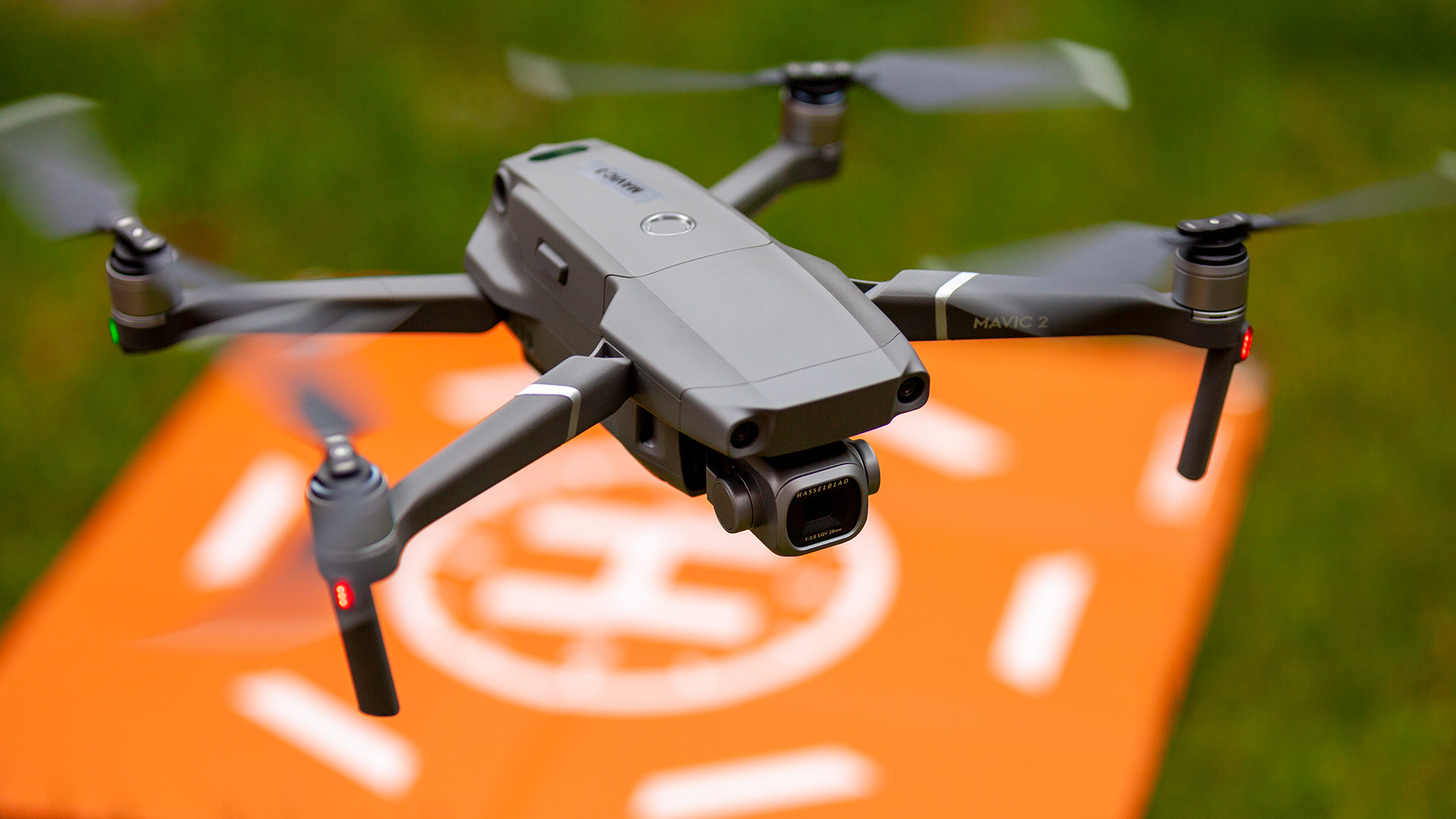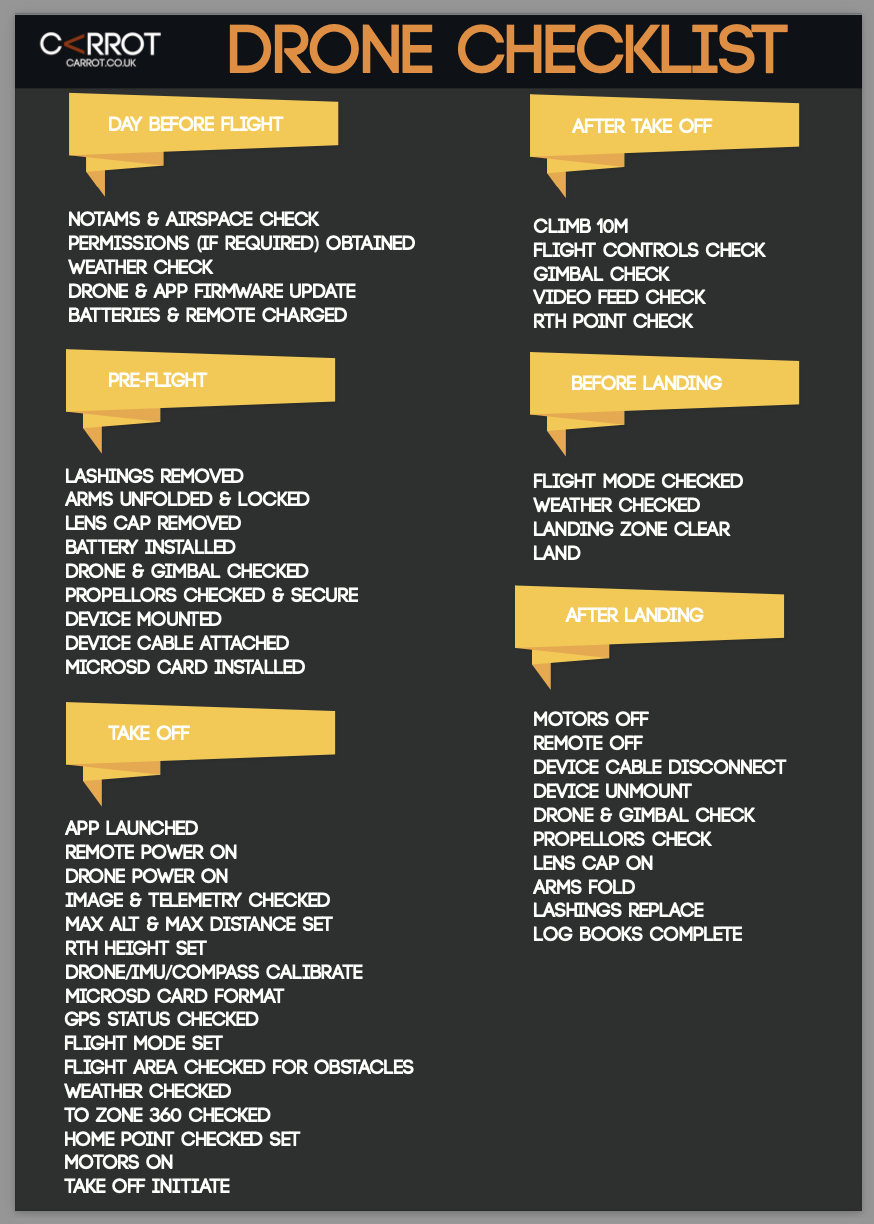Read Time 3 mins
04/05/2023

Visual line of sight (VLOS) is a critical concept for drone pilots, but it is often a topic of discussion and confusion within the drone community. This blog aims to clarify the definition and importance of VLOS by providing an in-depth explanation based on the UK Regulation (EU) 2019/947. We will also explore the differences between Open and Specific Category drone operations, as well as the factors affecting VLOS, to help pilots maintain control of their drone's flight path and ensure safe operations.
DEFINITION OF ‘VISUAL LINE OF SIGHT OPERATION’- ‘CONTROL THE VISUAL FLIGHT PATH’
Being able to control the visual flight path of the UA means keeping it within a suitable distance of the RP, such that the RP can maintain control of the flight path of the UA, to avoid a collision with other aircraft, people, obstacles or the ground. This distance depends on a number of factors, including:
- The eyesight of the RP;
- The size of the UA;
- The visual conspicuity of the UA (colour, and contrast of the UA against the backdrop from the viewpoint of the RP);
- Any navigation lighting on board the UA;
- The weather conditions (fog, sun-glare etc);
- Terrain and any other obstacles that may obscure the view of the UA from the RP;
- Whether the operation is during the hours of daylight, or night. Although there are not specific limitations on operating at night, the visual conspicuity of the UA and ambient lighting, may affect the distance to which the UA may be flown from the RP.
This distance will likely vary on each flight depending on these factors, and the RP should be able to identify at what point VLOS can no longer be maintained.
Just because the UA is still visible (for example, a dot in the sky), this does not mean that it meets the definition of VLOS. A RP must be able to visually determine the aircraft’s orientation at all times. While this may potentially be aided by navigation lights, the sole use of telemetry to indicate UA orientation to the RP is not considered as acceptable.
DEFINITION OF ‘VISUAL LINE OF SIGHT OPERATION’- ‘UNAIDED VISUAL CONTACT’
‘Unaided’, in this context means without the use of any other equipment, such as binoculars, telescopes, cameras or any other such equipment.
This does not include corrective lenses, which may be worn.
Note:
Provision is made in Article 4(1)(d), and UAS.OPEN.060(4), for an UA to be flown in the Open category, beyond the visual line of sight of the Remote Pilot (RP) (due to the RP using ‘follow-me’ mode, or when making use of an UA Observer and FPV equipment).
Further guidance material on the use of FPV equipment can be found in GM1 UAS.OPEN.060(4).
DEFINITION OF ‘VISUAL LINE OF SIGHT OPERATION’- ‘CONTROL THE VISUAL FLIGHT PATH’
In order to control the visual flight path of the UA, it must be kept within a suitable distance of the RP such that they can monitor the aircraft’s position, orientation and the surrounding airspace at all times.
The Drone Code
More details for those flying in The Open Category can be found here.
Conclusion
In conclusion, understanding the concept of visual line of sight (VLOS) is crucial for drone pilots to ensure safe and compliant drone operations. The key aspects of VLOS involve controlling the visual flight path, maintaining unaided visual contact, and adhering to the drone code. Factors such as the pilot's eyesight, drone size, visual conspicuity, navigation lighting, weather conditions, terrain, and daylight hours all contribute to determining the acceptable distance for VLOS.
It is important to remember that VLOS requirements may differ between Open and Specific Category operations. Drone pilots should be aware of these distinctions and the relevant regulations in order to operate their drones safely and responsibly. As technology and drone usage continue to evolve, staying informed of the latest regulations and guidance materials is essential for maintaining a strong culture of safety within the drone community.
